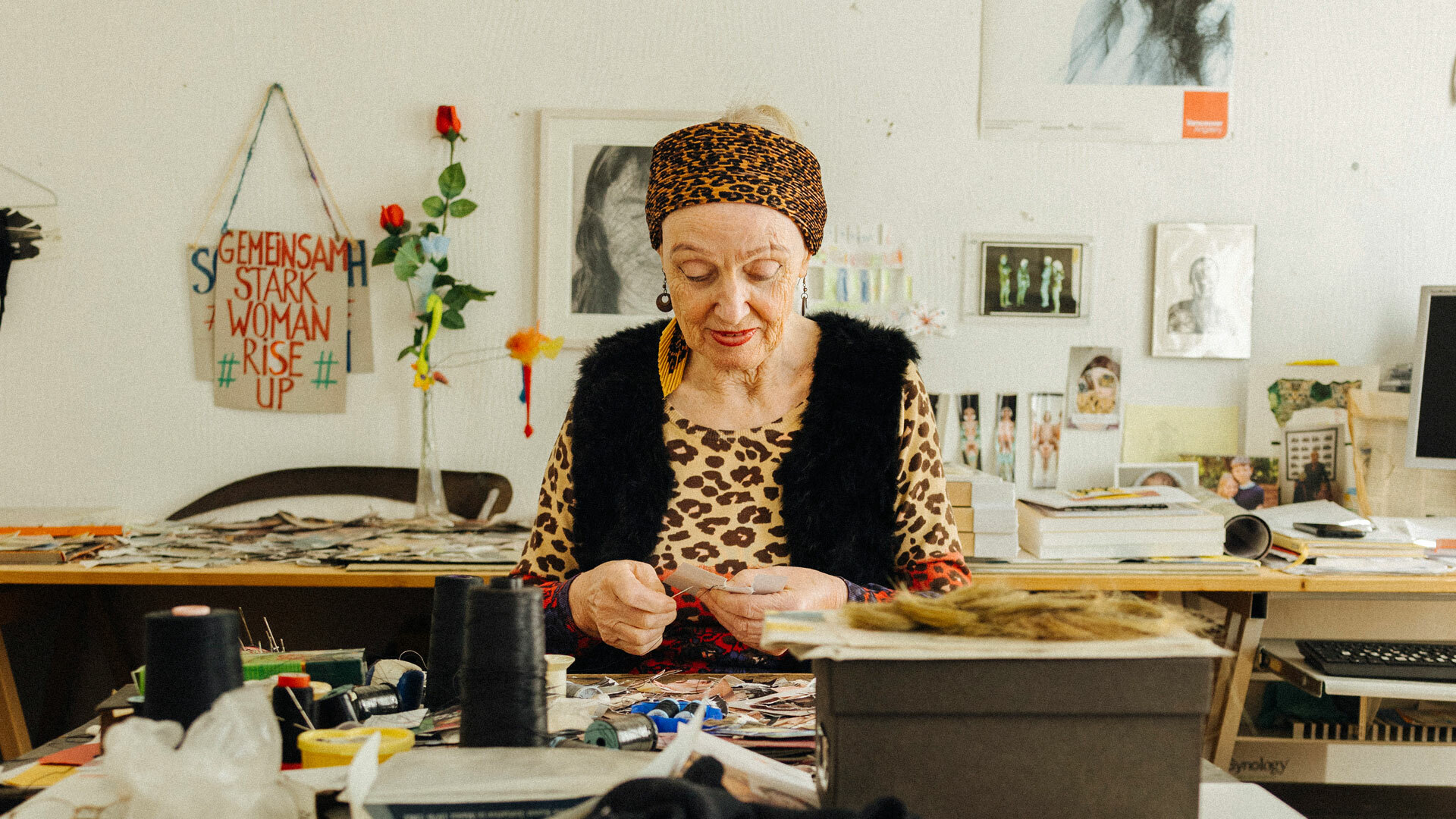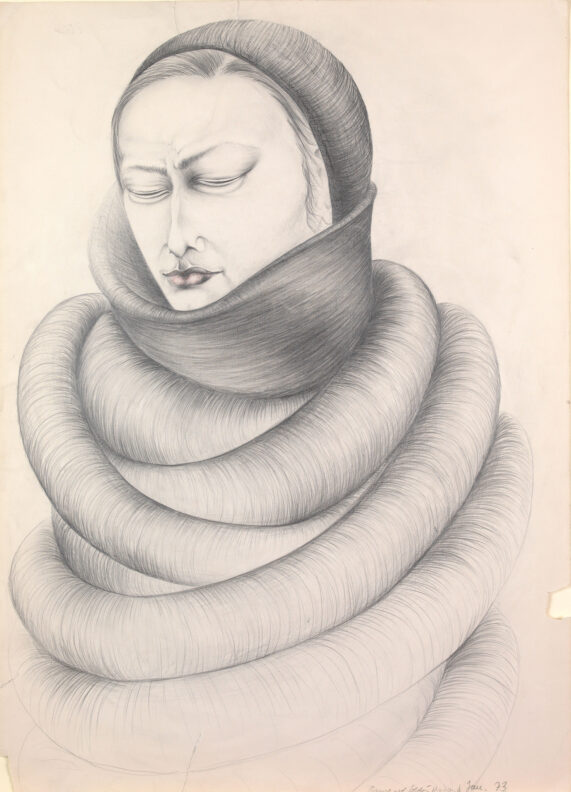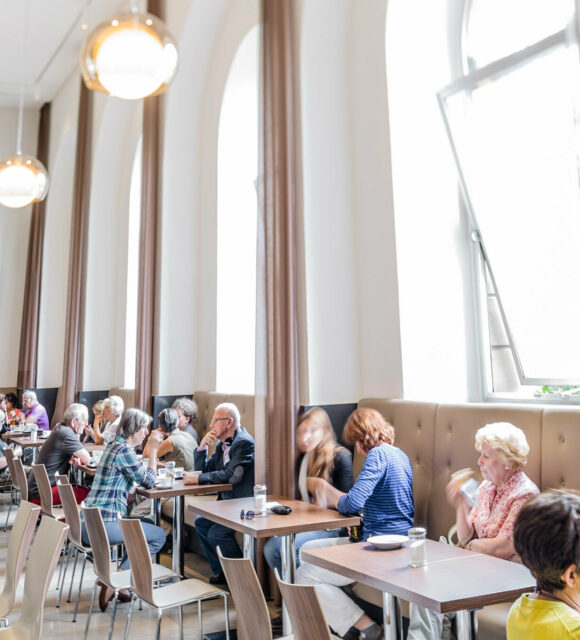
The body is political—as the work of artist Annegret Soltau (b. 1946) impressively demonstrates. Her art has been causing a stir since the 1970s and remains as relevant as ever. With more than eighty works, the exhibition offers a comprehensive insight into her multifaceted oeuvre, which ranges from drawings to extended photography, video and installation. Among them are groundbreaking works from Soltau’s studio, some of which are being exhibited for the first time.
Your Visit
-
-
Tue, Wed, Fri, Sat, Sun 10 am – 6 pm
Thur 10 am – 9 pm
Mon closed
-
Tue, Wed, Fri, Sat, Sun 10 am – 6 pm
-
- Entry From €16 / €14, €9 Tue from 3 pm
-
- Schaumainkai 63, 60596 Frankfurt am Main
Programme
Discover out-of-the-ordinary museum experiences, special guided tours or individually bookable offers.
About the Exhibition
Long considered an insider’s tip despite her art historical significance, Soltau’s work is now regarded as one of the most important positions in feminist photography and body art. Over the course of more than five decades and in the face of much opposition, Soltau’s independent, radically feminist visual language has established her as an indispensable voice in contemporary art. The Städel Museum is dedicating the first retrospective to her, developed in collaboration with the artist.
Annegret Soltau uses the body, her own self, as a venue for negotiating social structures. With her radical photo-sewing, she has created an entirely new artistic language and established the female body as a medium of self-empowerment.
Exhibition Teaser

Städel Invites
Annegret Soltau
Live event with artist talk, performance, music and drinks
Tuesday Special
Take advantage of our Tuesday Special and visit the permanent exhibition and all special exhibitions for the single price of €9.
Every Tuesday from 3 to 6 pm.
Sponsors & Patrons
Sponsored by
With additional support from
Media Partner
Frankfurter Allgemeine Zeitung, Monopol – Magazin für Kunst und Leben, Arte
































